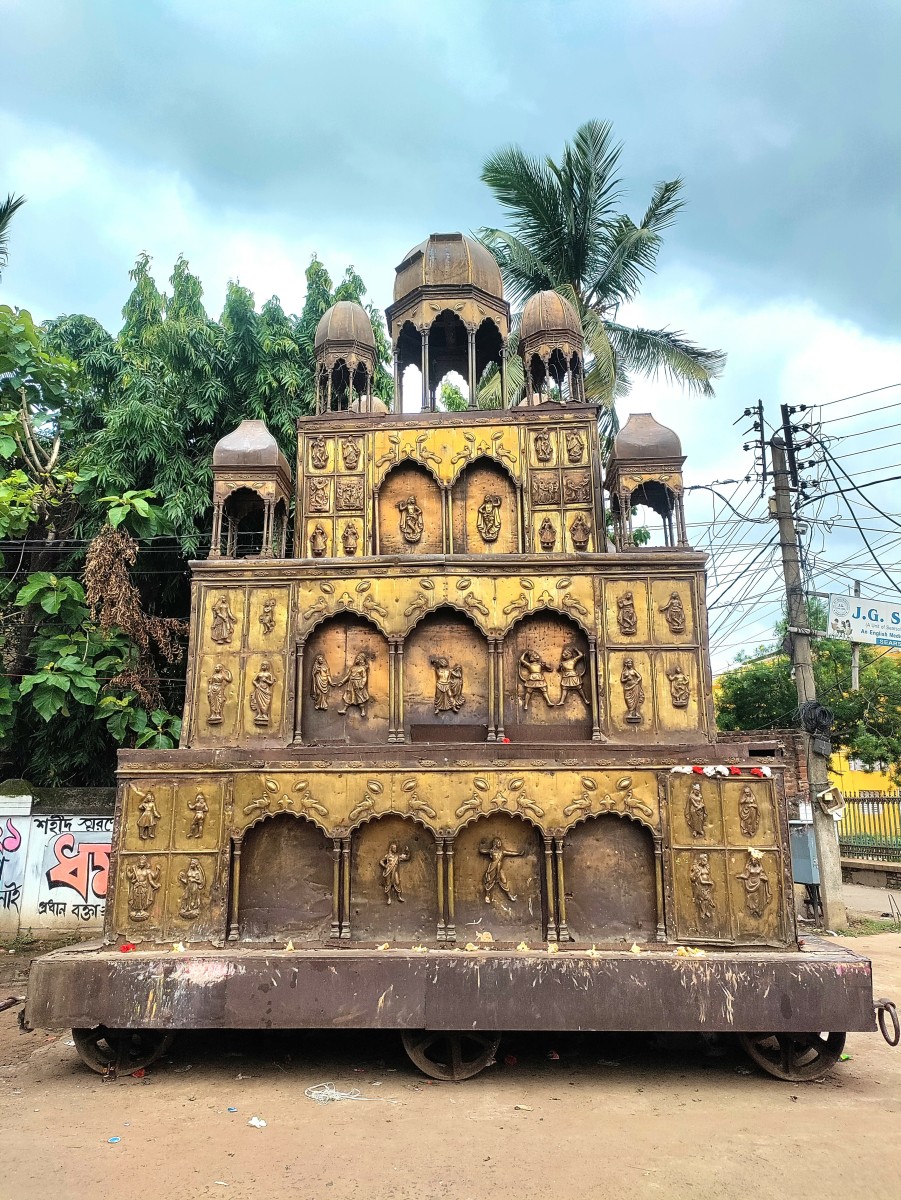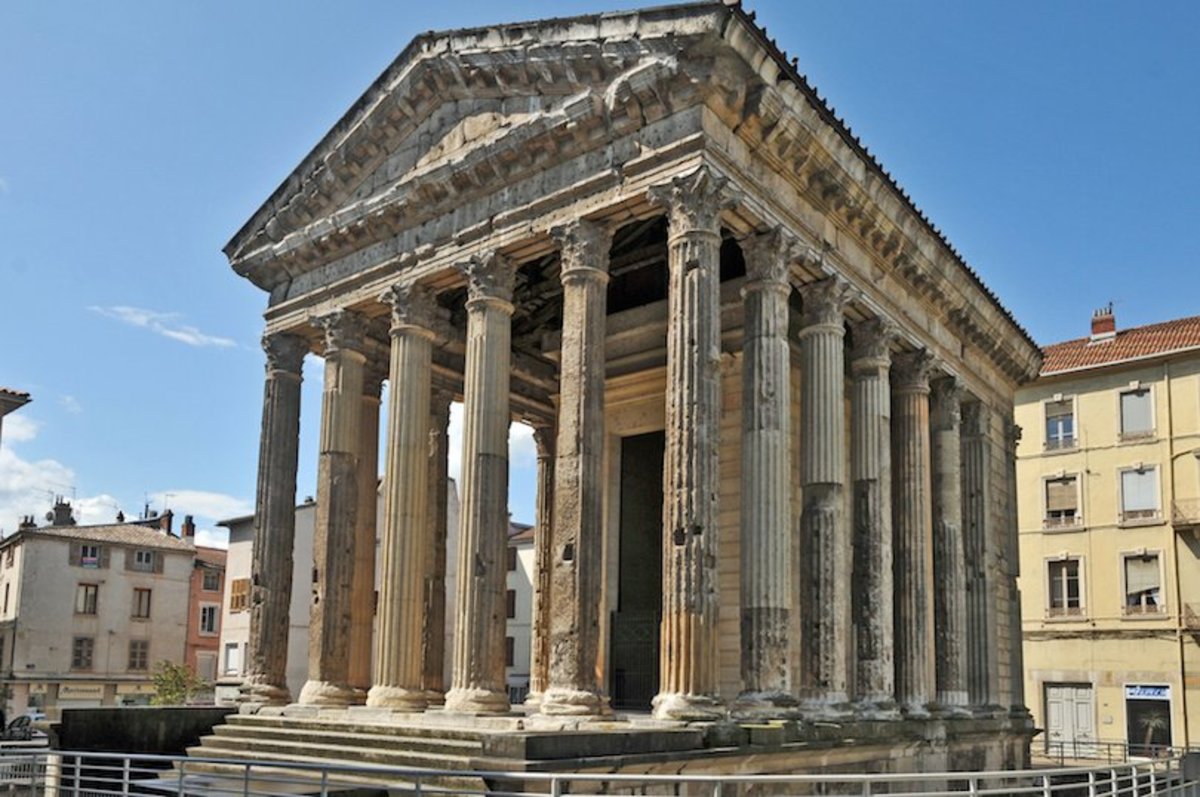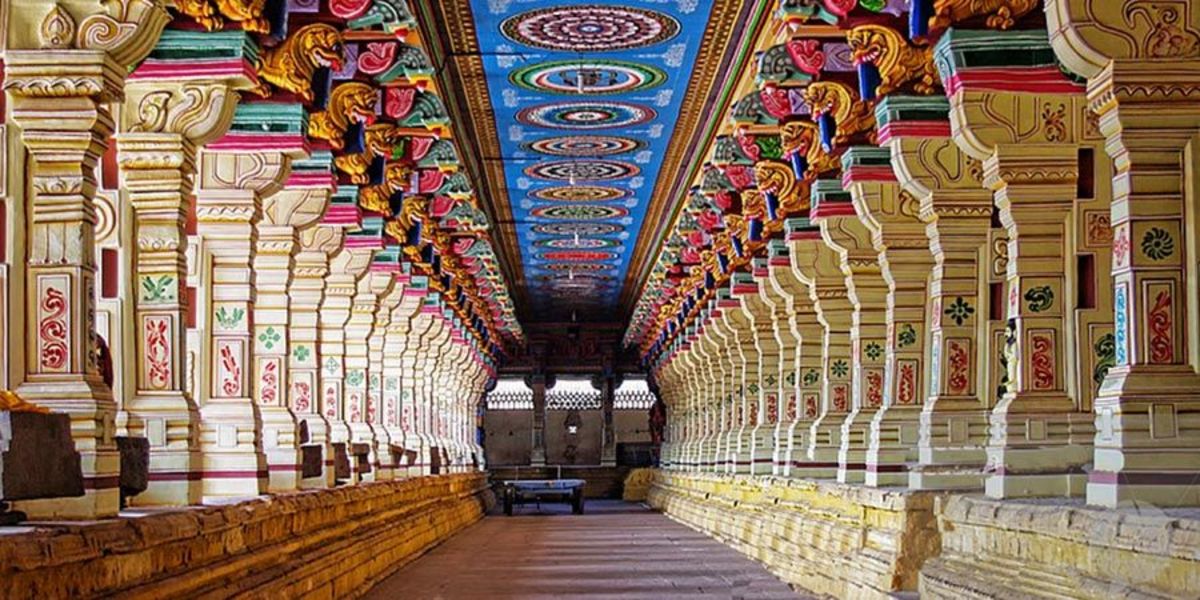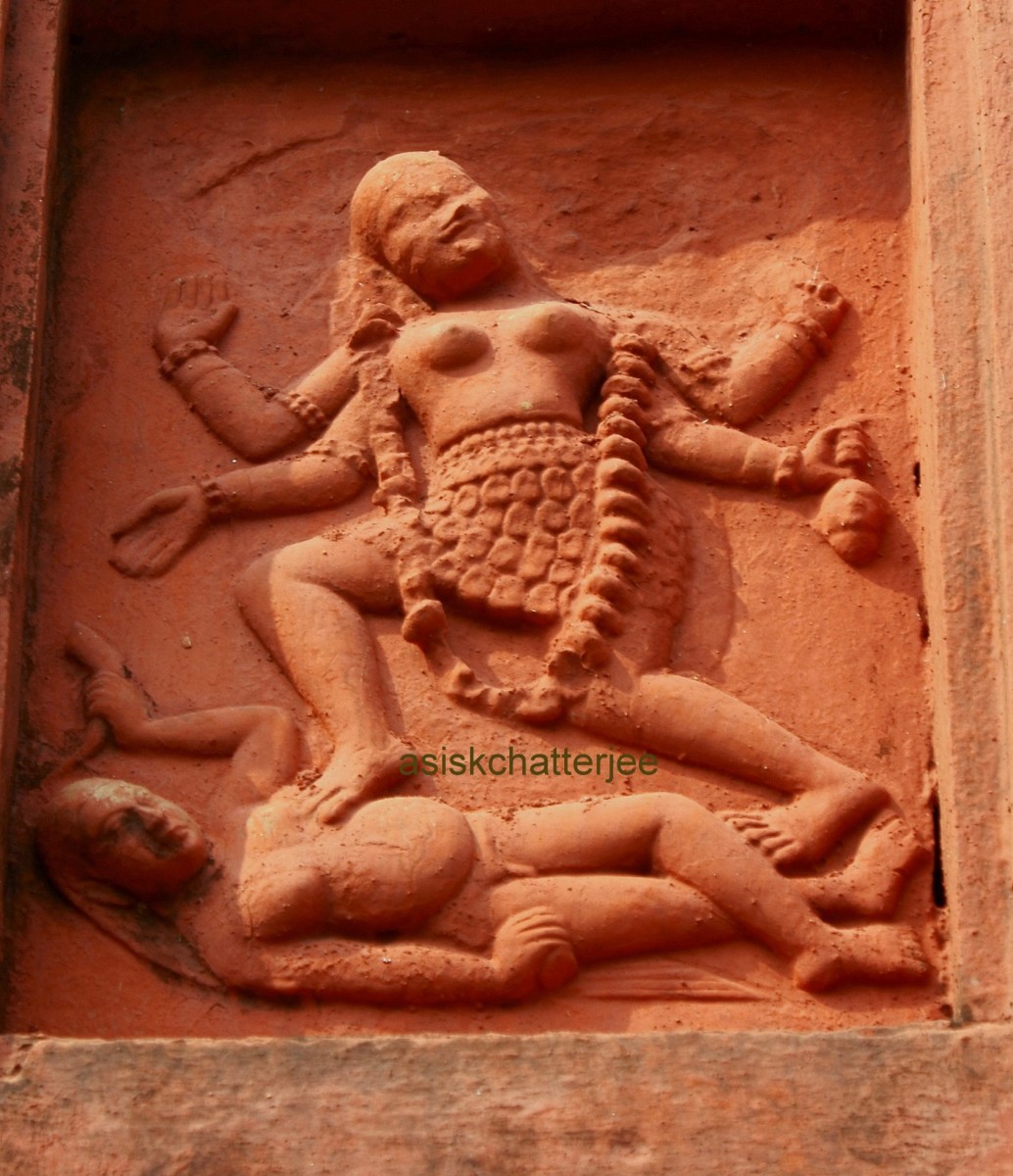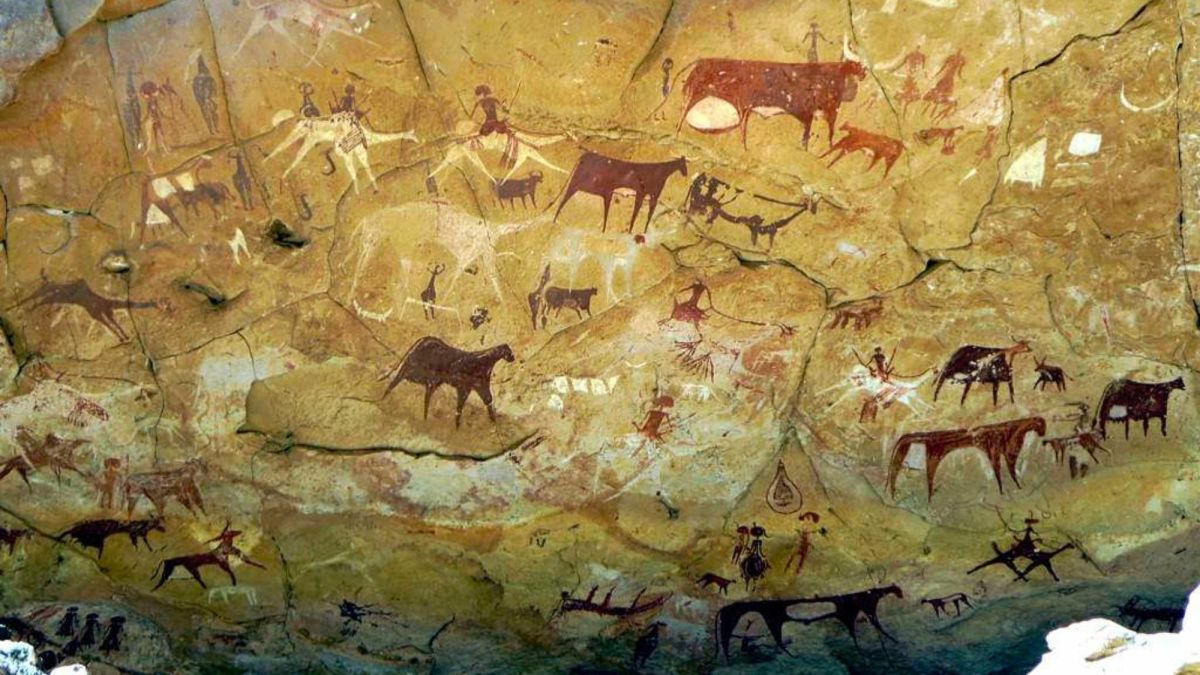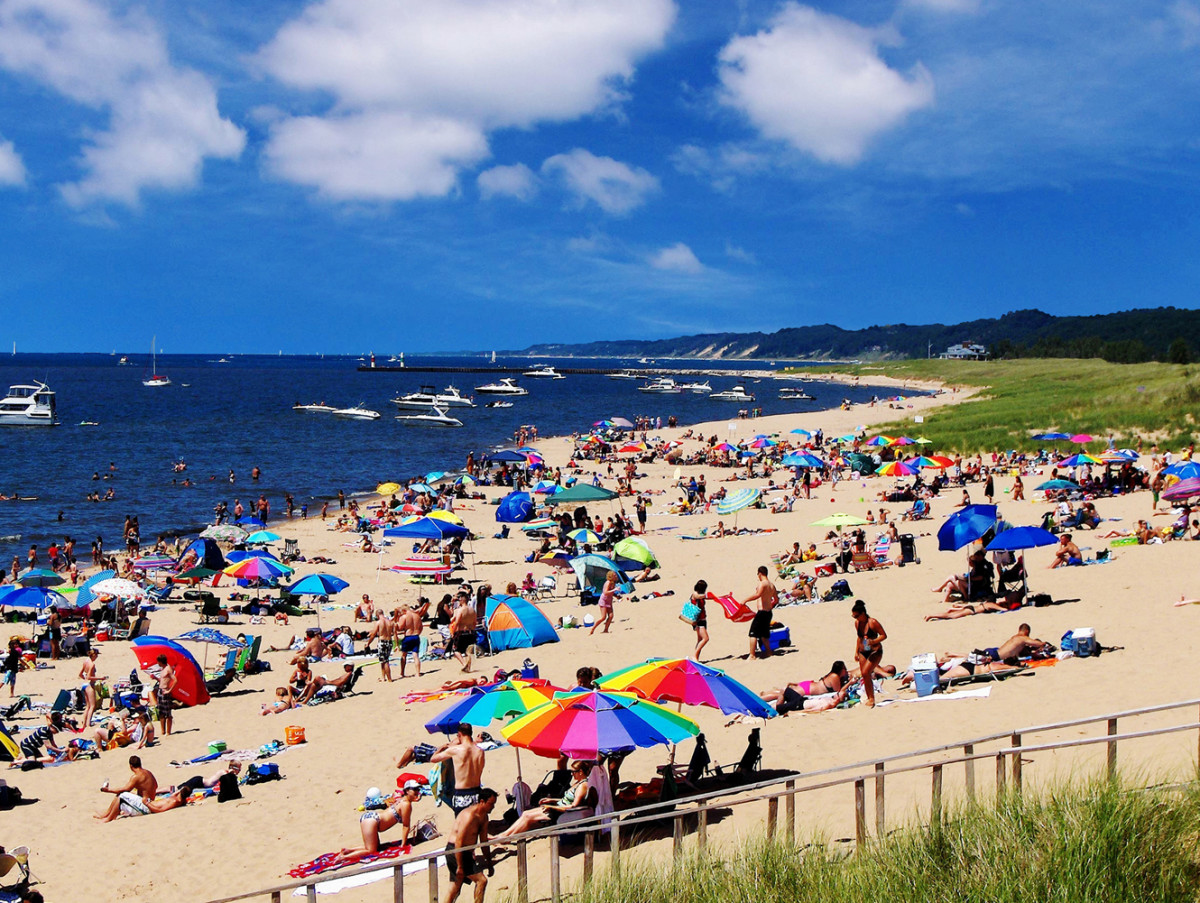Mahabalipuram Travel Photos

The Open-Air Museum
Mahabalipuram or known as Mamallapuram is an ancient 7th century port city of the Pallava dynasty.
What is special in Mahabalipuram? Of course, this place is familiar for the rock - cut caves. Also temples created from a single rock and temple constructions. Stone carvings here are so amazing and celebrated for creativity.
The architectures and sculptures are not only the attractions of this place. But the silver line beaches, the attractive handicrafts have made in this place is popular. It is also well known as 'Open-Air Museum'. One who visits Mahabalipuram will prevail enthusiasm for the creativity and simplicity.
Compared to other parts of Tamil Nadu, stone carvings of Mahabalipuram are unique in style. The sculptures of Mahabalipuram are interesting for its portrayal of everyday life.
A View - Mahabalipuram

About Mahabalipuram
Mahabalipuram the town of Mamalla flourished as a sea-port during the period of 1st century AD. It was after the name of well regarded Pallava king Narasimhavarman-I.
There was a lot of Indian traders set sail to South-East Asia from here. The unique Mahabalipuram temples, established during periods of Pallava Kings Narasimhavarman and Rajasimhavarman.
The subject matters of stories from the great Indian epic Mahabharata. The carvings portrays the specialty from rock-cut designs to structural buildings.
The five Rathas (chariots), carved out of single rocks. Mahabalipuram displays the initial stage of Hindu temple construction. Which, like earlier cave-art, used natural outcroppings of stone as temples for the divinities.
That would then become homes of Hindu pilgrimage and devotion. The structural marvels influence and making Mahabalipuram a booming tourist place.
There are some great cave temples. They are the Varaha mandapa, Mahisasuramardini mandapa, Paramesvara Mahavaraha and Adivaraha cave.
These structural works belonged to Mamalla time. While the Adiranchanda caves temples linked to the Mahendravarman period of time.
The Single Rock Cut structures - Five Rathas

The Five Chariots (Rathas)
The Chariots (Rathas) expected to remind chariots. They were stowed away in the sand until unearthed by the British Indian Government 200 years ago.
Outside each chariot is a sculpture of a wild animal carrier of the Pandavas. The layout subject of Pandavas and animals are exceptional for its architectural texture.
Think of everything here carved from single pieces of rock. Draupadhi Chariot: It commits to Draupadhi and the goddess Durga. The chariot describes the divine womanhood and fertility of India.
The tourist can view the goddess from a sculpted lotus dais. From outside, a large sculpted lion is standing as a guard.
Arjuna chariot: Behind the goddess temple, a large stone Nandhi (bull) declares the chariot of Arjuna. He who was the most valuable member of the Pandavas. The chariot sanctified to Lord Shiva who is the most significant deity of the Pallavas.
Dharma chariot: The tallest among the five chariots. Dharma is the eldest among the Pandava Brothers.
Bhima chariot is the central one. You can see a tone down faces here. Some archaeologists believe Caucasian characteristics in these sculptures. There are grounds for belief of Mahabalipuram's trade relationship with old Rome. Inside is a sacred place to Lord Vishnu.
Nagula-Sagadeva chariot committed to Indra and has an excellent sculptured elephant stand up nearby. As you set foot in the gate, make advances from the north you can see backside of the sculpture Gajaprishthakara.
Each chariot has a distinctive frame. The chariots of Dharma and Arjuna have a dome like appearance. The one related to Bheema is barrel mounted, and the Sahadeva Chariot is apsidal.
Superb stone carving are adorning the Dharma and Arjuna Chariots. There you can find attractive noble people, spiritual beings and noble couples.
Five Stone Chariots

Stone Lion At Five Rathas

Stone Elephant


Front View of The Shore Temple

The Shore Temple
The Shore Temple is so called because it situated on the Coramandal coast. This temple standing on the sea shore for over one thousand years!
The Shore Temple is so called because it situated on the Coramandal coast. This temple stands on the sea shore for over one thousand years!
It is a temple built with blocks of granite. This is the only remaining temples at the seashore used for worship.
This structure substitutes for the earliest temples created out of stone blocks. Brought by its builders to the spot selected for worship.
Where followers could come to worship to take a bath in the sea, singing holy hymns before the Sun spred its first rays. It assumes that there were seven spectacular temples.
Once they were popular as the seven pagodas, constructed near the coast. The temple built during the 7th century and following Narasimha Varman II, (Rajasimha). He who finished the work.
Now, due to the salt water effect, most of its beautiful sculptures decayed. But, still left traces here and there, mere sketches, shines in its beauty.
It is one of the ancient south Indian Temples built in the Dravidian style. It is also one of the World heritage sites of the UNESCO. So, this site has gotten status and visitors hang around. This shore temple is full of architectural marvel made by carvings.
Goddess Durga on Lion



Stone Carvings
Apart from these chariots and shore temple Pallava Kings constructed many other structures. They were leaders in raising rock-cut carvings and Mandapams (large pillared halls).
There are 14 such notable constructions in and around Mahabalipuram. Legendary pictures depicted on these constructions. The Mandapams located on the hill.
The Large Carving - Arjuna Penance

Arjuna Penance
Carved on the two enormous rocks, this wide, fine sculptural bas relief gives many animals, gods, and saints. Tourists keep an eye on the coming down of the river Ganga from its source in the mount Himalayas.
The rigorous standing on one leg identified as Arjuna in penance. He is requesting Lord Shiva to give him a mighty deadly weapon to use in the clash against the Gauravas.
Monkeys Sculpture


Wall Carvings

Tiger Caves

Sculpture on a Pillar

East of Mahabalipuram had a pagoda of stone sanctified to Lord Shiva, engulfed by the sea. These wrecks do not simply consist of a few sunken temples, but the length and breadth of a royal city, almost from beginning to end cut out of the rock.
The waves here breaks far out, and over the wrecks of old Mahabalipuram, which was long ago a large and majestic; and there is an ulterior motive to assume, from the legendary records of the locals that the sea, on this place of the Coromandel coast, has been invading the land.
All the most early buildings and work of art at this place are sanctified to Lord Vishnu, whose devotion appears to have dominated on this place. This site is considered to be the Maharpha of Ptolemy, so it is no doubt of much greater antiquity.
Mahabalipuram - Vid
Mahabalipuram Map


